Informed Consent
The patient counseling you have with your patient and the caregivers will include the following:

Cytokine Release Syndrome
The most commonly reported/experienced signs and symptoms include fever, rash, headache, and nausea.1 Patients will likely feel tired and have additional flu-like symptoms of muscle and joint aches. Reassure them that these are all expected and most likely to occur in the first few days of treatment. They will be pre-medicated with antipyretics, analgesics, antihistamines and antiemetics to help offset these effects. They will be able to continue to take these medications as needed during the course of treatment.
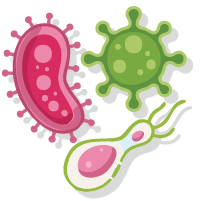
Risk for serious infections
Teplizumab is an immune-modulator and, therefore, may lower the immune system’s ability to fight off infections. Advising that they avoid contact with people who are known to be ill and that they should perform good handwashing before eating or touching their face.2
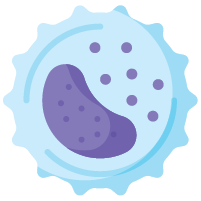
Development of lymphopenia
Happens after the first dose and continues for 4-5 days.3,4 Most of the cases have been mild with full return to baseline by day 42 – but as early as before the end of treatment.
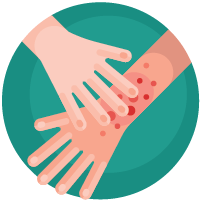
Hypersensitivity Reactions
Not to be confused with the cytokine release symptoms described above. These symptoms include hives, difficulty breathing, and swelling of the face. Should these occur, they must seek immediate medical attention.2
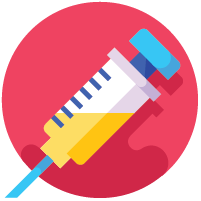
Current Vaccinations
Ensuring they understand the importance of being up to date on all age-appropriate vaccinations to reduce their risk of contracting preventable communicable diseases.2
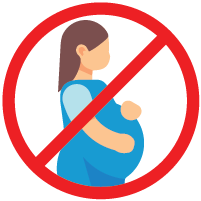
Prevention of Pregnancy
Nearly 42% of all pregnancies are unplanned in the US.5 Counseling to both male and female recipients of teplizumab on the practice of safe and effective contraception/abstinence for at least 30-days prior, during and for an additional 20 days after treatment is required.1,2

Breast Feeding
It is not advised that a woman continue breastfeeding during and for 20 days after infusion. It is encouraged they bank breastmilk prior to starting treatment. They will need to pump and discard breastmilk during and for 20 days after completing treatment to reduce exposure to the infant.1
In addition to the information presented in this section, we have provided links to the FDA-approved medication guide1 and patient-centered website6 for more information about the infusion process and additional resources that are available.
References
- Tzield® (teplizumab-mzwv). Prescribing information. Provention Bio, Inc; 2023. https://products.sanofi.us/tzield/tzield.pdf
- Mehta S, Ryebets-Lienhard A, Patel N, et al. Pediatric endocrine society statement on considerations for use of teplizumab (TzieldTM) in clinical practice. Horm Res Paediatr. 2024Apr 30:1-12.
- Herold KC, Gitelman SE, Gottlieb PA, Knecht LA, Raymond R, Ramos EL. Teplizumab: A disease-modifying therapy for type 1 diabetes that preserves β-cell function. Diabetes Car. 2023;46:10:1848-1856.
- Herold KC, Bundy BN, Long SA, et al. An anti-CD3 antibody, teplizumab, in relatives at risk for type 1 diabetes. N Engl J Med. 2019;381:603-613.
- Rossen LM, Hamilton BE, Abma JC, et al. Updated methodology to estimate overall and unintended pregnancy rates in the United States. CDC Stacks. April 12,2023. https://dx.doi.org/10.15620/cdc:124395
- Tzield® (teplizumab-mzwv). https://www.tzield.com/

